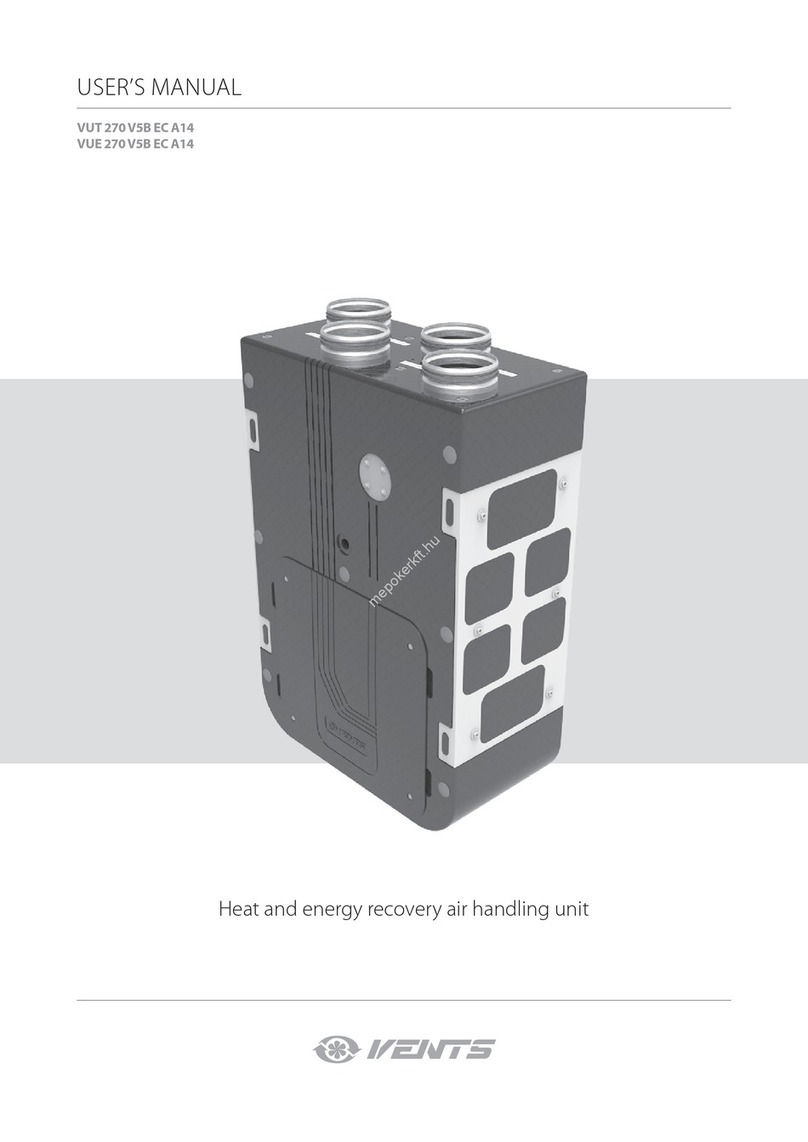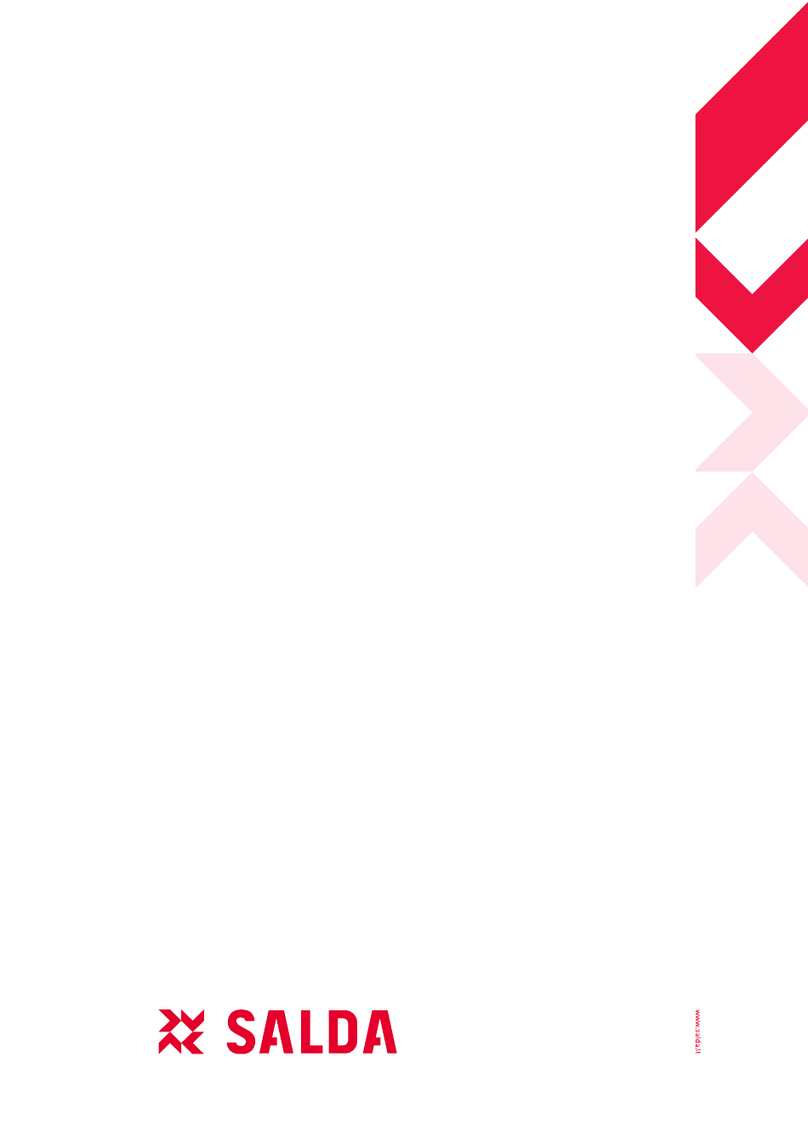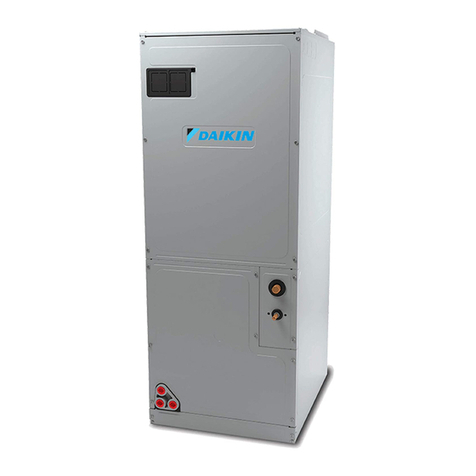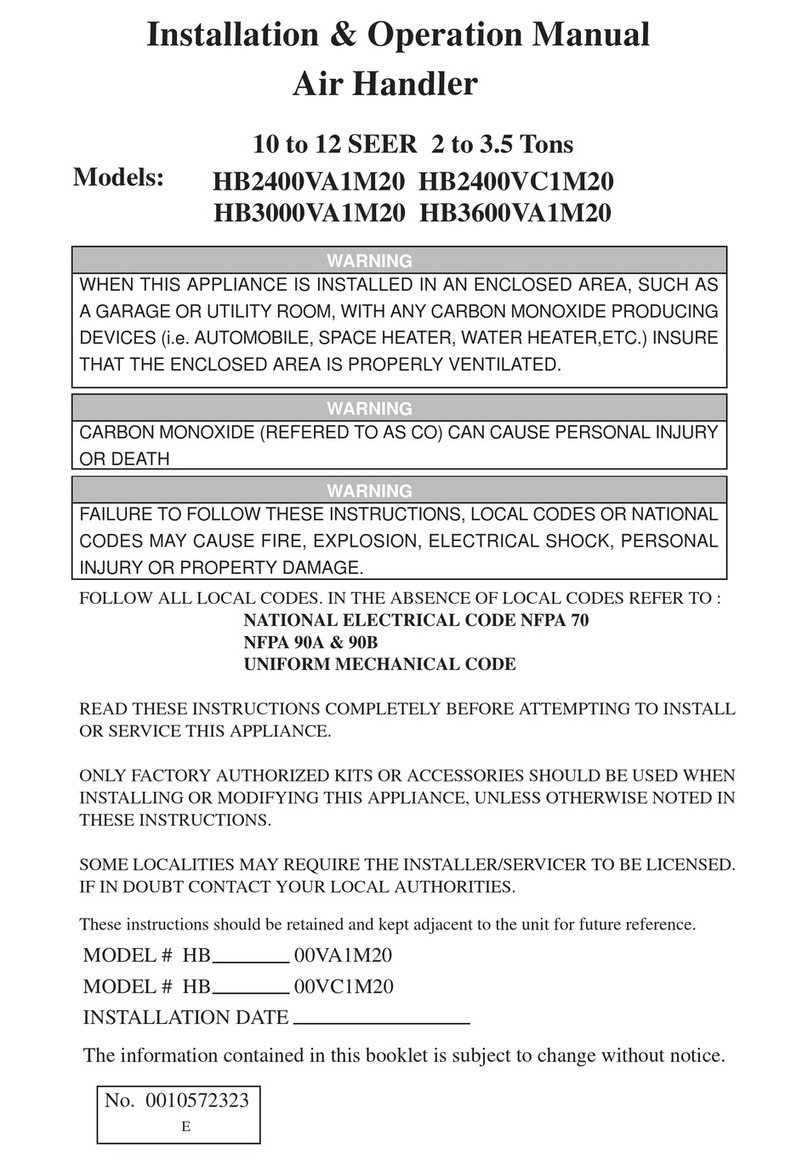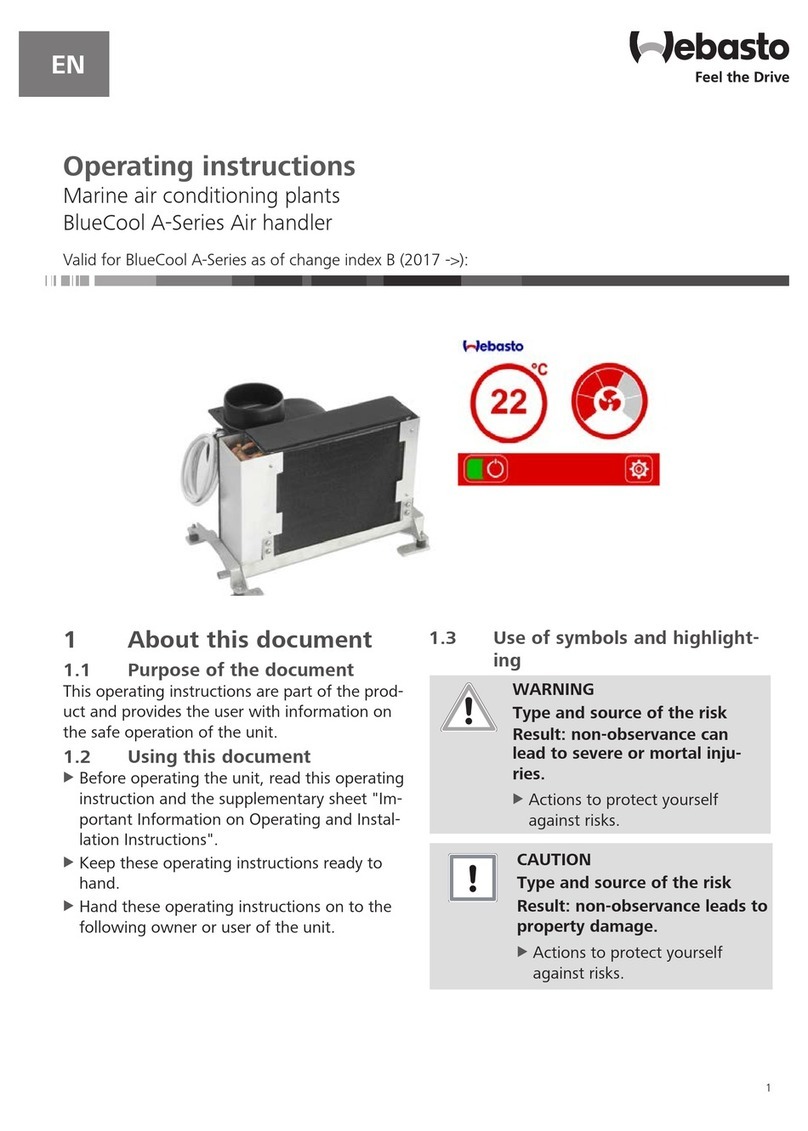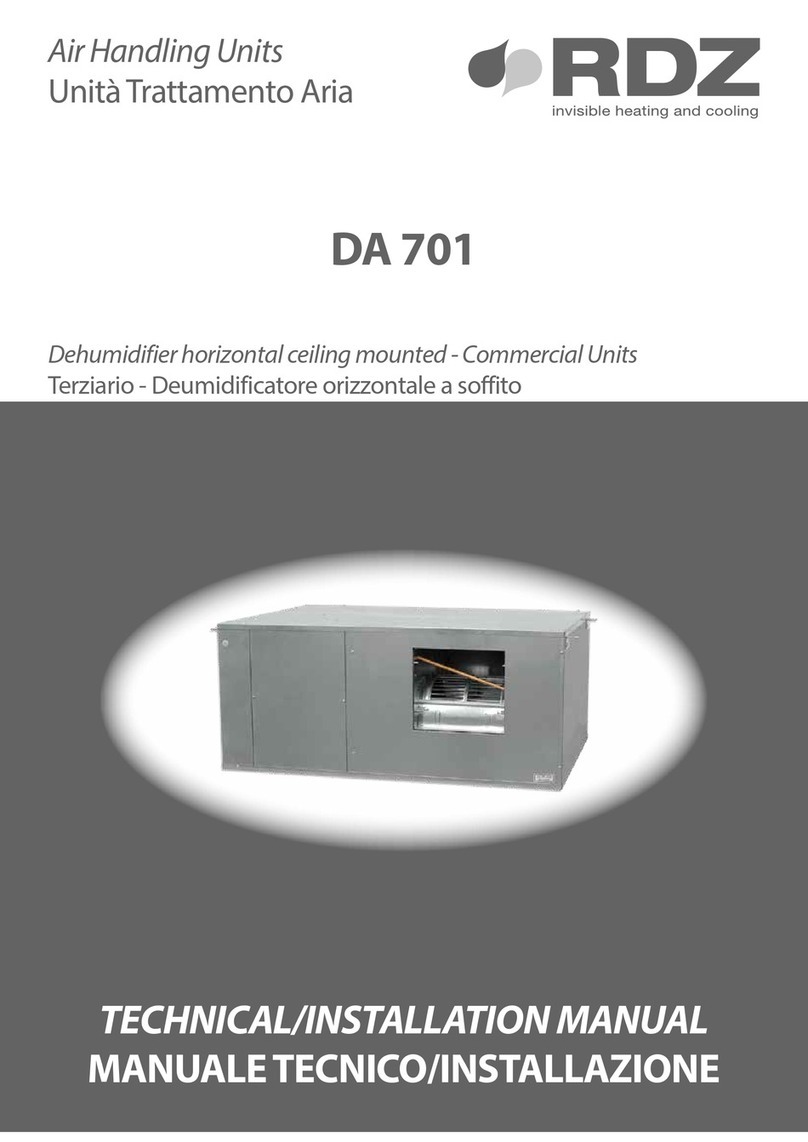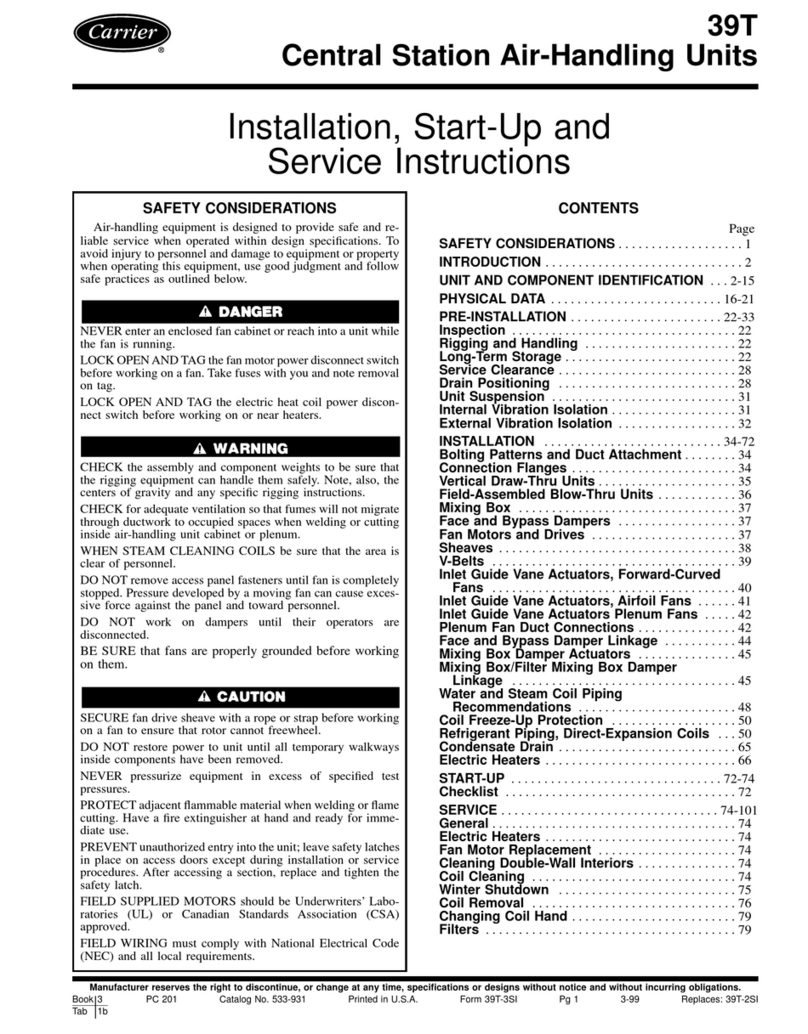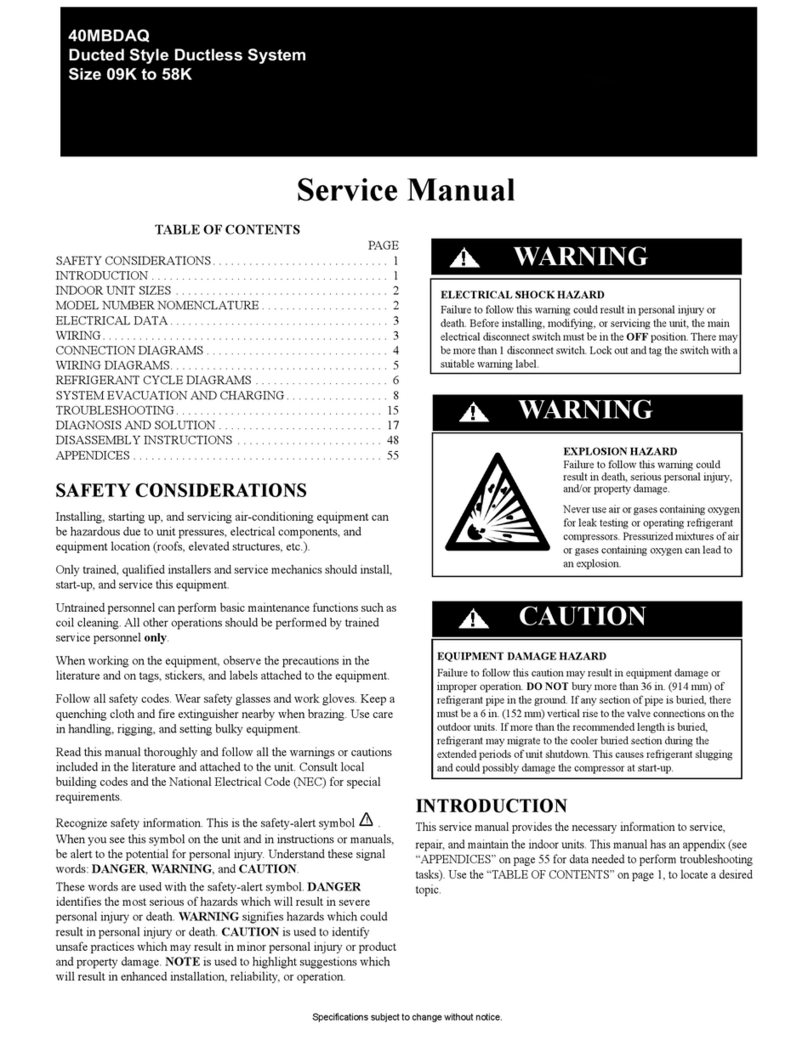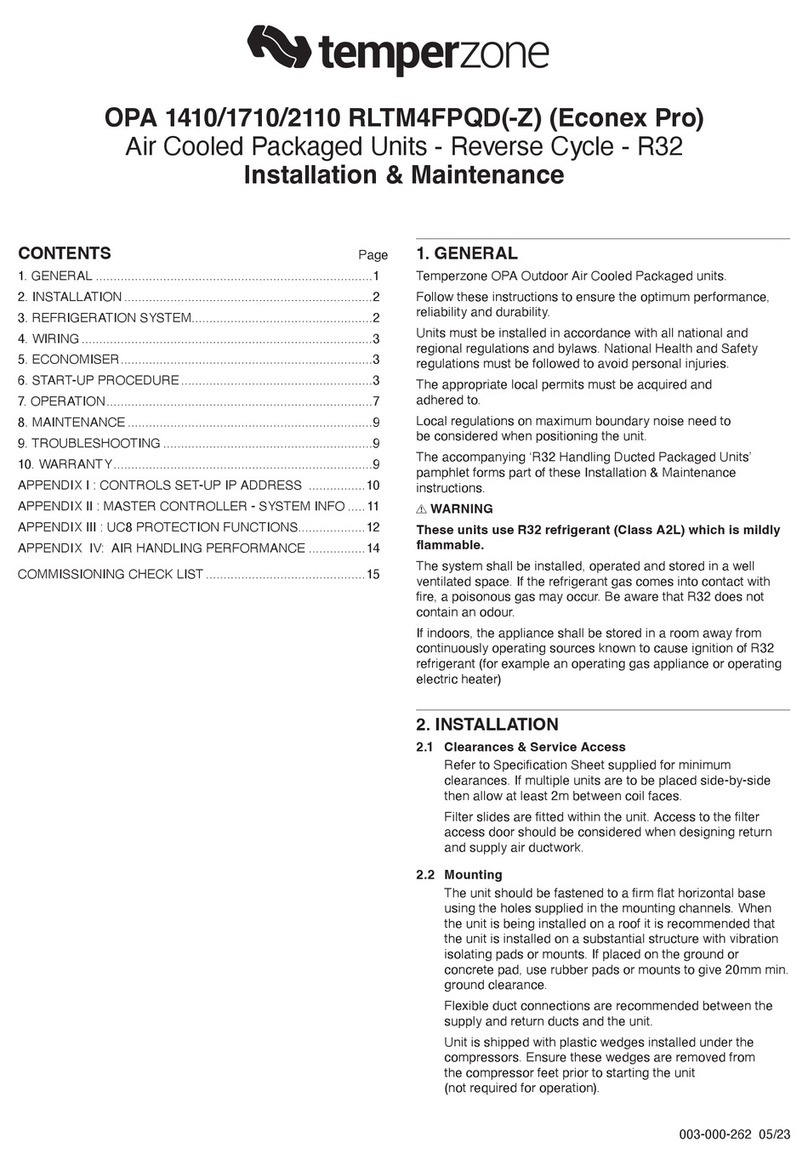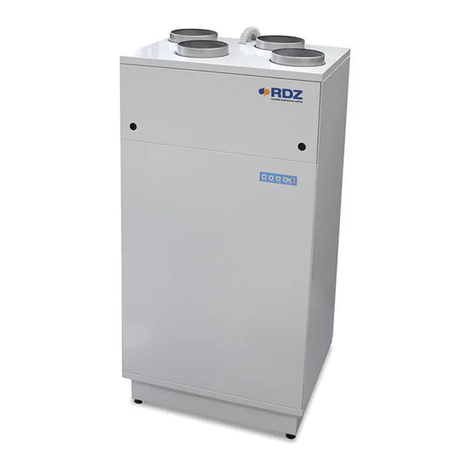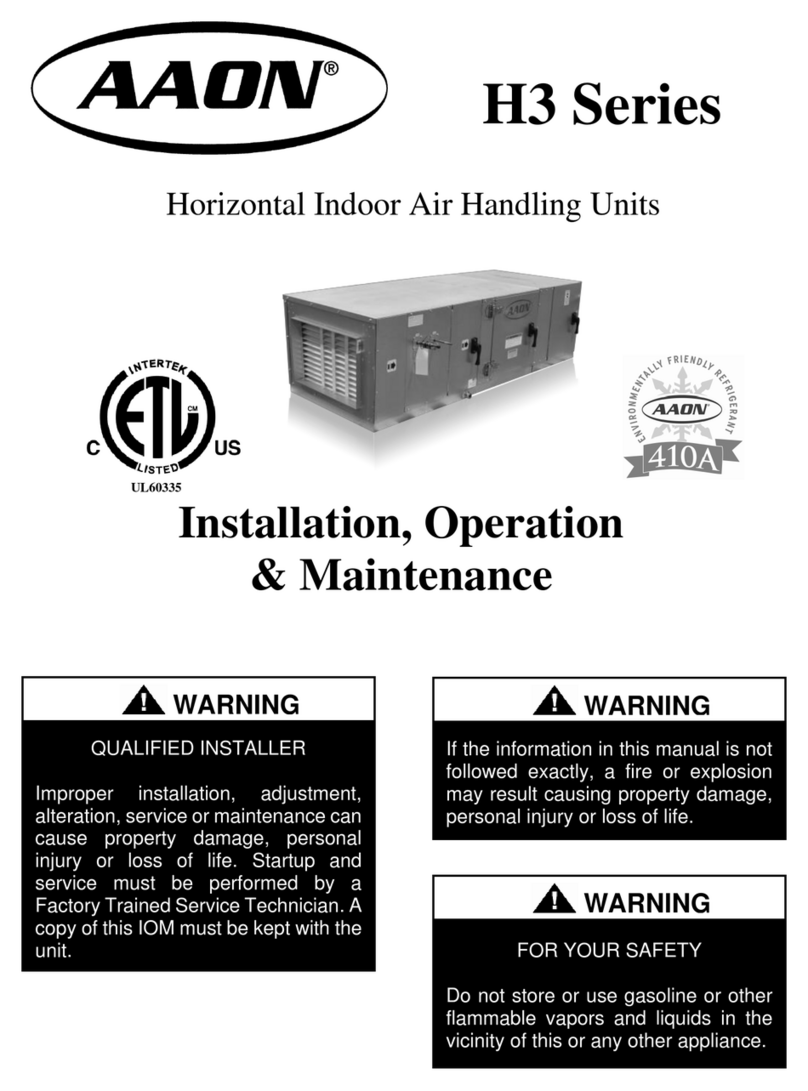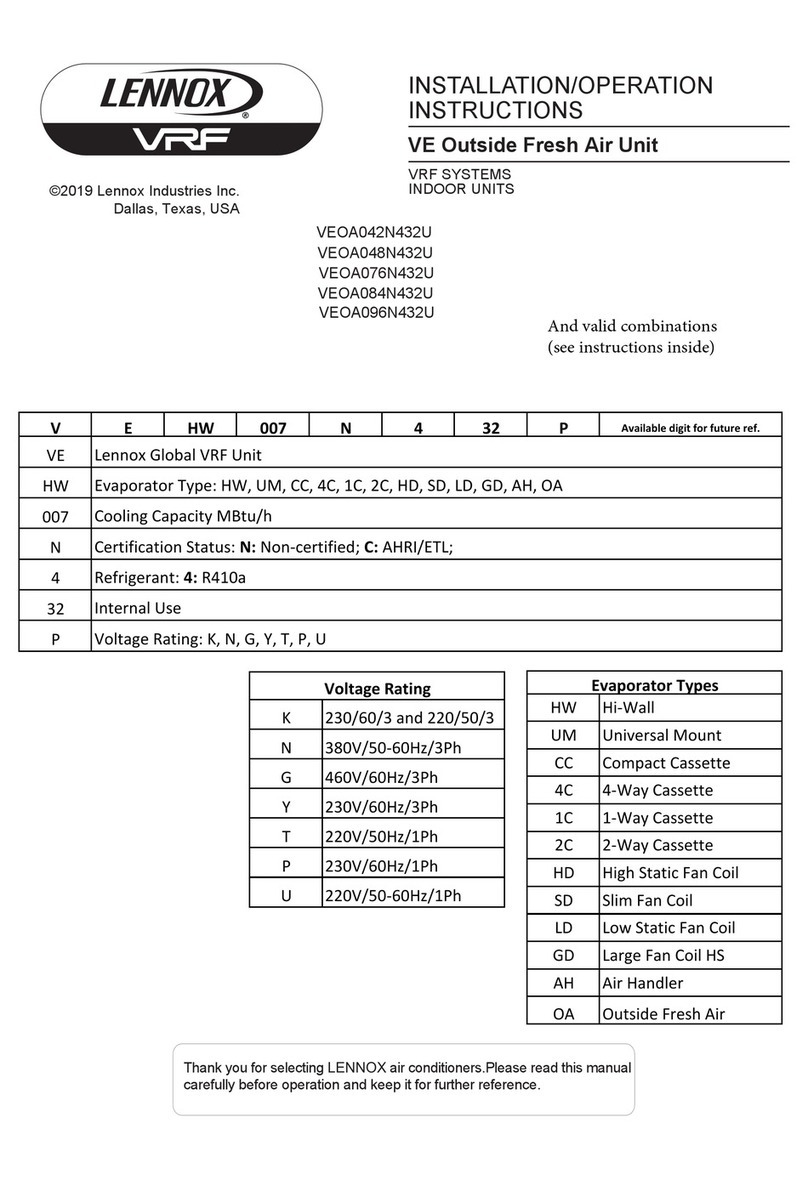
AIR HANDLING UNIT FUTURE
INSTRUCTIONS FOR OPERATION AND MAINTENANCE
2017-02-13 V. 2.0 3
TABLE OF CONTENTS
1. General ................................................................................................................................................... 5
1.1. Operangcondions............................................................................................................................ 5
1.2. CENstandardclassicaon................................................................................................................... 5
1.3. Soundlevel ........................................................................................................................................... 5
1.4. Safety.................................................................................................................................................... 5
1.4.1. CEmarking............................................................................................................................ 7
1.4.2. Safetyequipment ................................................................................................................. 7
1.4.3. Fire........................................................................................................................................ 7
1.5. Safetydevices....................................................................................................................................... 8
1.5.1. An-freezingthermostat ...................................................................................................... 8
1.5.2. Filterindicator(dierenalpressuregauge) ........................................................................ 8
1.5.3. Firethermostat ..................................................................................................................... 8
1.5.4. Flowcontroller...................................................................................................................... 8
1.6. Manufacturer’sdeclaraon.................................................................................................................. 9
2. Commissioning and maintenance.......................................................................................................... 10
2.1. Commissioning ................................................................................................................................... 10
2.2. Maintenance ...................................................................................................................................... 11
3. Damper,mixingandreturnairsecons
FPTP, FPTA, FPTB AND FPTC ................................................................................................................... 12
3.1. Operangcondions.......................................................................................................................... 12
3.2. Commissioning ................................................................................................................................... 12
3.3. Maintenance ...................................................................................................................................... 12
4. FilterseconFSTF ................................................................................................................................. 13
4.1. Construcon....................................................................................................................................... 13
4.2. Operangcondions.......................................................................................................................... 13
4.3. Installaon.......................................................................................................................................... 13
4.4. Commissioning ................................................................................................................................... 13
4.5. Maintenance ...................................................................................................................................... 14
4.6. Replacementoflters ........................................................................................................................ 14
4.7. Replacementofgasket ....................................................................................................................... 15
5. Coilsecons.......................................................................................................................................... 16
5.1. Operangcondions.......................................................................................................................... 16
5.2. Installaon.......................................................................................................................................... 17
5.3. Dimensioninginstruconsforwatertrap........................................................................................... 17
5.4. Commissioning ................................................................................................................................... 18
5.5. Maintenance ...................................................................................................................................... 19
6. Heatrecoverysecon,rotorFRTR ......................................................................................................... 20
6.1. Operangcondions.......................................................................................................................... 20
6.2. Commissioning ................................................................................................................................... 20
6.3. Firstaconsincaseofanalarm,whenthemotorhasstopped......................................................... 21
6.4. Maintenance ...................................................................................................................................... 21
6.5. Cleaning.............................................................................................................................................. 22
6.6. Rotoradjustment ............................................................................................................................... 23
7. Heatrecoverysecon,plateFRTL.......................................................................................................... 25
7.1. Operangcondions.......................................................................................................................... 25
7.2. Installaon.......................................................................................................................................... 25
7.3. Dimensioninginstruconsforwatertrap........................................................................................... 26
7.4. Commissioningandmaintenance ...................................................................................................... 27
